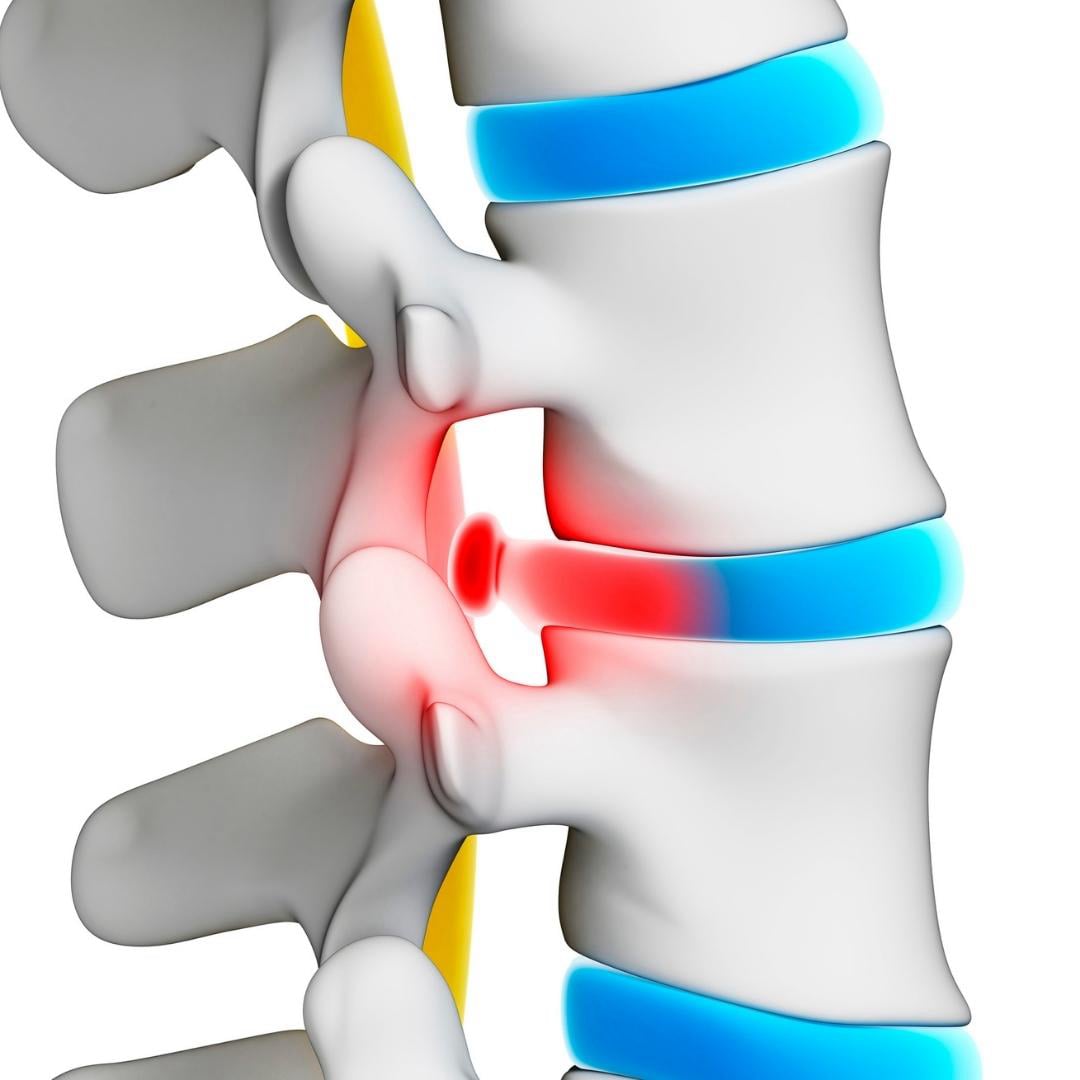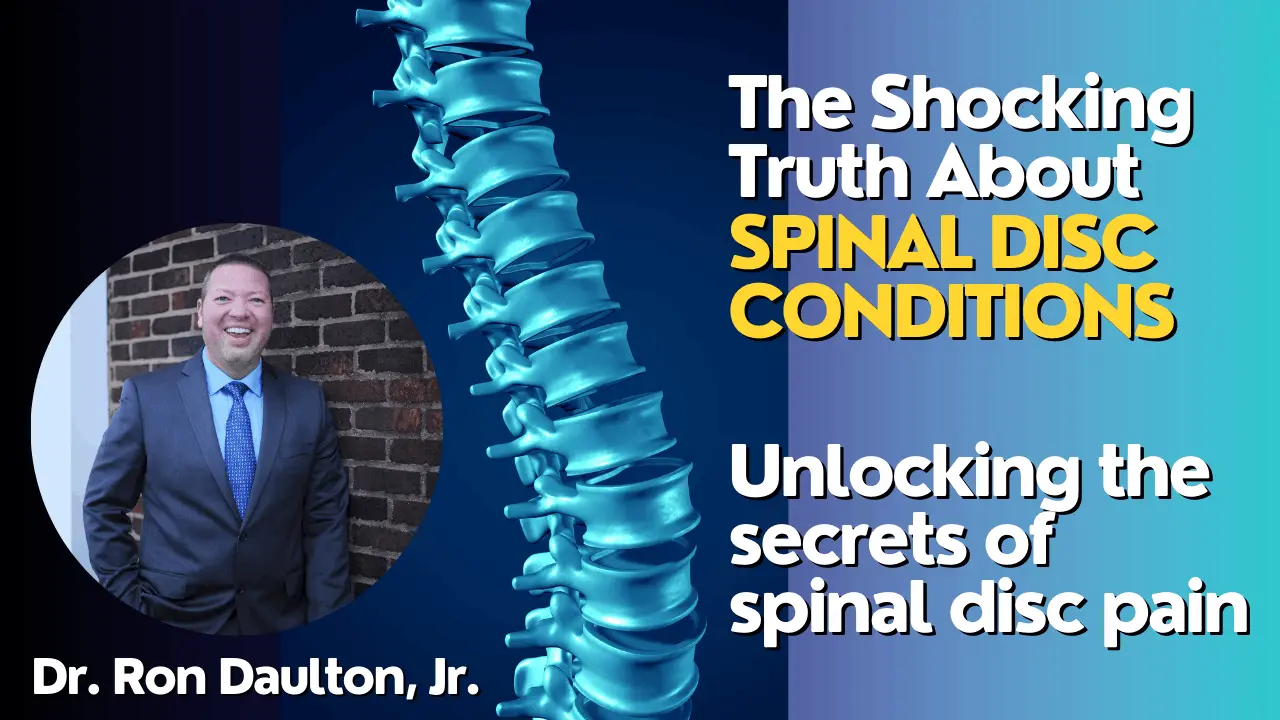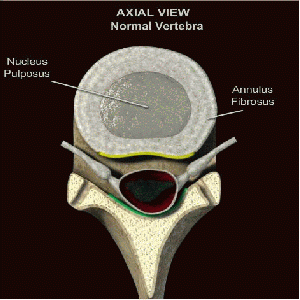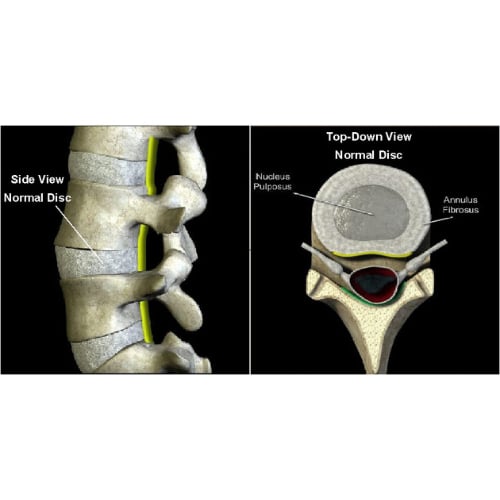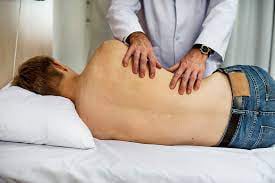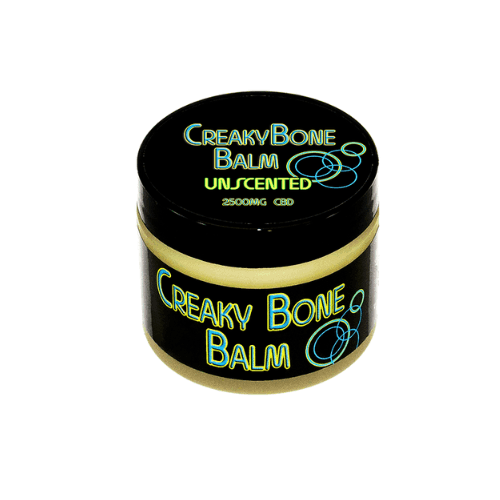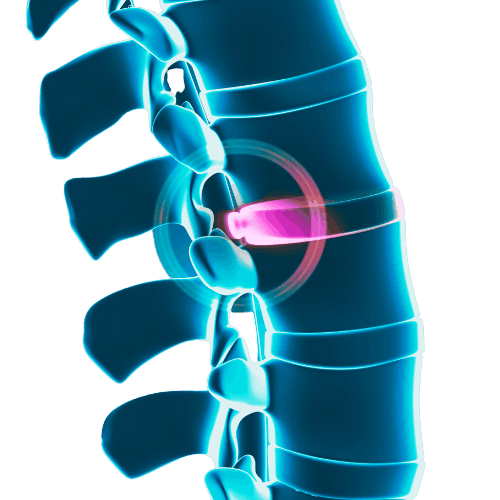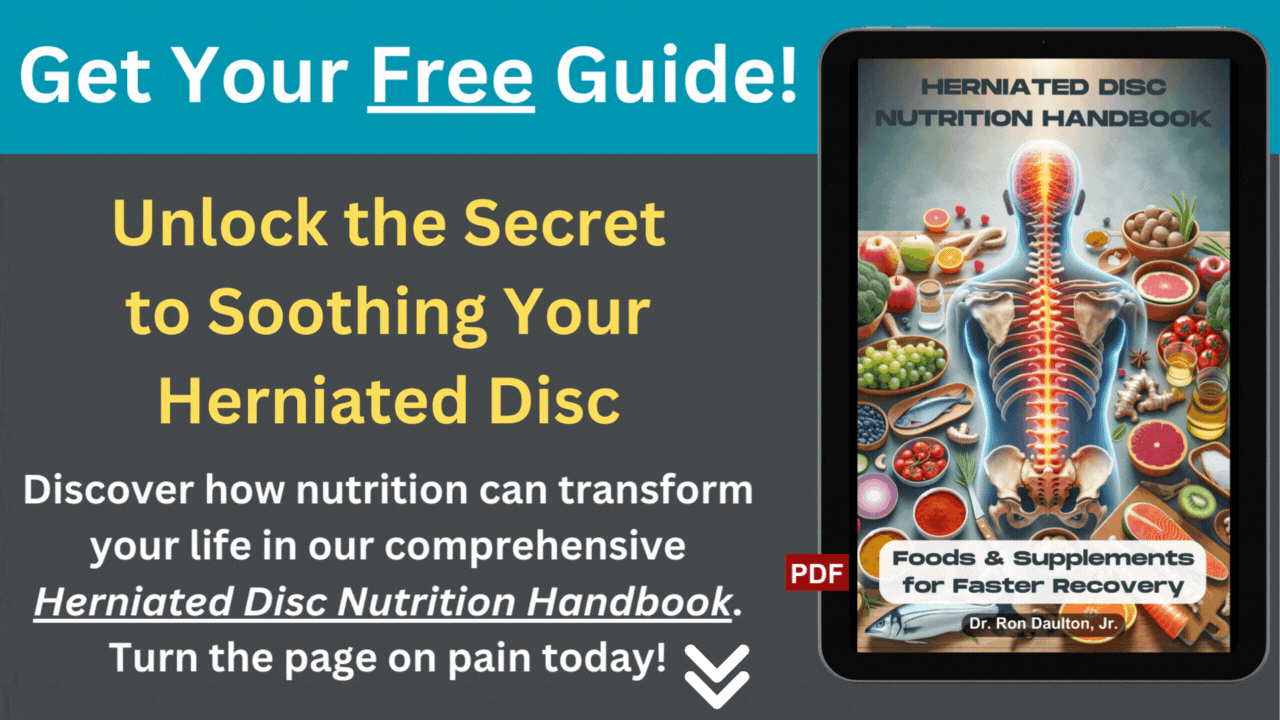The role of diet in managing and healing from a herniated disc is often underestimated.
Certain dietary adjustments can play a crucial role in reducing inflammation and providing the nutrients necessary for spinal health.
Incorporating Anti-Inflammatory Foods
Inflammation can exacerbate the pain and discomfort associated with a herniated disc.
Integrating anti-inflammatory foods into your diet can help mitigate these symptoms.
Foods rich in omega-3 fatty acids, like salmon, flaxseeds, and walnuts, are known for their anti-inflammatory properties.
Fruits and vegetables, particularly leafy greens, berries, and cherries, are packed with antioxidants that combat inflammation.
Incorporating turmeric and ginger, both known for their anti-inflammatory effects, into your meals can also be beneficial.
Supplements and Vitamins for Spinal Health
Certain supplements and vitamins are essential for maintaining spinal health and aiding in the healing process.
Vitamin D and calcium are crucial for bone strength, which is vital for a healthy spine.
Magnesium, often found in leafy greens, nuts, and seeds, helps in muscle and nerve functioning.
Omega-3 supplements can be considered if your diet lacks sufficient fatty fish.
Additionally, glucosamine and chondroitin supplements might help in maintaining healthy cartilage in the spine.
However, it's important to consult with a healthcare provider before starting any supplements.
Debunking Myths About Diet and Herniated Discs
There are several myths about diet and its impact on herniated discs that need addressing.
One common misconception is that a specific diet can cure a herniated disc.
While diet plays a supportive role in managing symptoms and overall spinal health, it is not a standalone cure.
Another myth is that high-protein diets can worsen disc conditions.
In reality, protein is essential for tissue repair and healing.
It's important to approach dietary changes as part of a broader treatment plan, which may include physical therapy, exercise, and other medical interventions.
By making these dietary adjustments, you can support your body's natural healing process and potentially reduce the symptoms associated with a herniated disc.
Remember, a balanced diet, rich in anti-inflammatory foods and essential nutrients, is key to maintaining overall health and aiding in recovery from spinal conditions.
